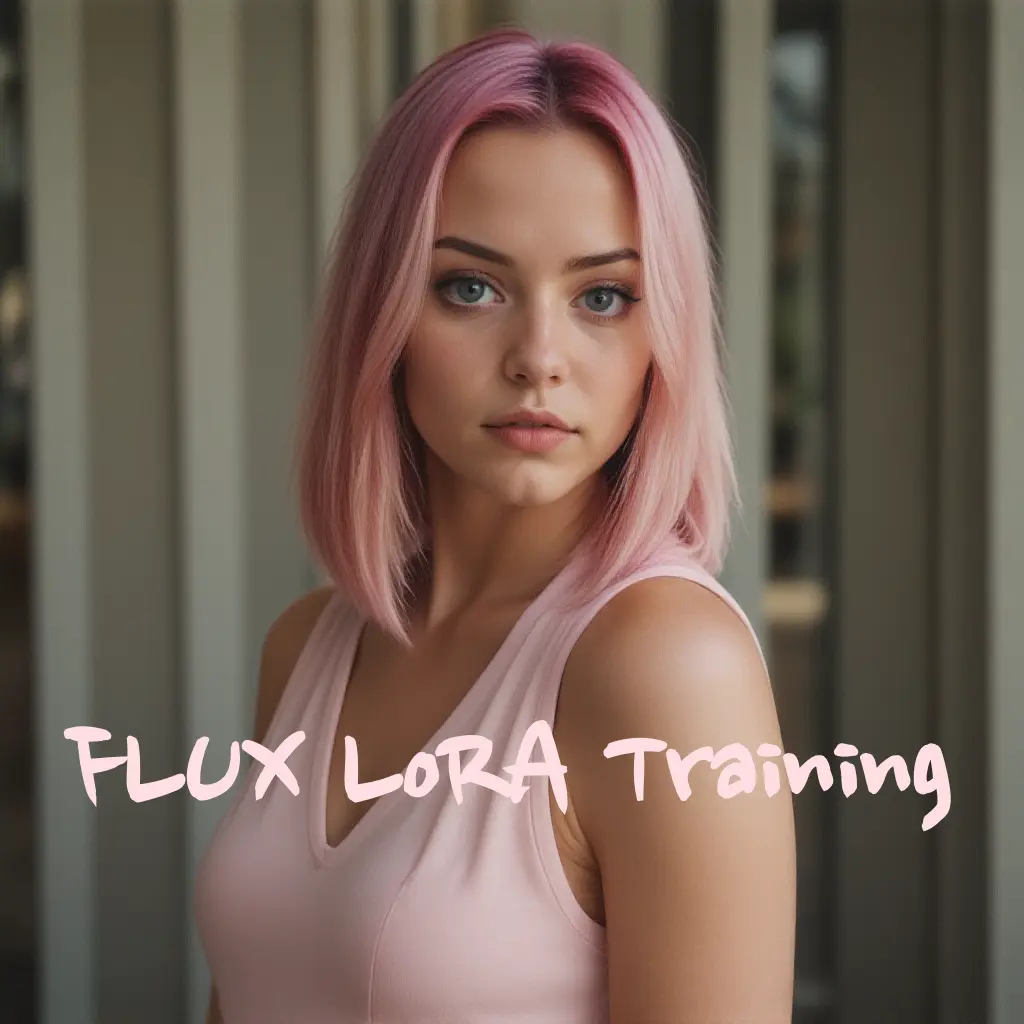ComfyUI Node: Scratch Mask
BOPBTL_ScratchMask
Categoryimage
cdb-boop (Account age: 1489days) Extension
ComfyUI Bringing Old Photos Back to Life Latest Updated
2024-09-12 Github Stars
0.43K
How to Install ComfyUI Bringing Old Photos Back to Life
Install this extension via the ComfyUI Manager by searching for ComfyUI Bringing Old Photos Back to Life- 1. Click the Manager button in the main menu
- 2. Select Custom Nodes Manager button
- 3. Enter ComfyUI Bringing Old Photos Back to Life in the search bar
Visit ComfyUI Online for ready-to-use ComfyUI environment
- Free trial available
- 16GB VRAM to 80GB VRAM GPU machines
- 400+ preloaded models/nodes
- Freedom to upload custom models/nodes
- 200+ ready-to-run workflows
- 100% private workspace with up to 200GB storage
- Dedicated Support
Scratch Mask Description
Automated scratch detection and mask generation for restoring old photos using machine learning models.
Scratch Mask:
The BOPBTL_ScratchMask node is designed to detect and generate masks for scratches on old photos, aiding in the restoration process. This node leverages advanced machine learning models to identify areas of an image that are likely to contain scratches, producing a mask that highlights these regions. By using this mask, you can apply targeted restoration techniques to improve the quality and appearance of old, damaged photos. The primary goal of this node is to automate the scratch detection process, making it easier and more efficient to restore old photographs without requiring extensive manual intervention.
Scratch Mask Input Parameters:
scratch_model
This parameter specifies the pre-trained model used for scratch detection. The model is loaded from a specified checkpoint file, which contains the necessary data for the ScratchDetector to function. The accuracy and effectiveness of the scratch detection process heavily depend on the quality and training of the model used. Ensure that you select a model that is well-suited for the type of images you are working with.
image
This parameter represents the input image in the form of a tensor. The image should be pre-processed and converted into a tensor format compatible with PyTorch. The quality and resolution of the input image can significantly impact the performance of the scratch detection process. Higher resolution images may provide more detailed scratch detection but could also require more computational resources.
input_size
This parameter defines the size to which the input image will be resized before being processed by the scratch detection model. The input size should be chosen based on the model's requirements and the resolution of the input image. Common sizes include 256x256 or 512x512 pixels. Resizing the image helps standardize the input, ensuring consistent performance across different images.
resize_method
This parameter specifies the method used to resize the input image. Available options include "nearest-exact", "bilinear", "area", "bicubic", and "lanczos". Each method has its own characteristics and can affect the quality of the resized image. For example, "bilinear" and "bicubic" methods provide smoother results, while "nearest-exact" may preserve more details but can introduce artifacts. Choose the resize method that best suits your needs and the characteristics of your images.
Scratch Mask Output Parameters:
masks
This output parameter represents the generated scratch mask as a tensor. The mask highlights the areas of the input image that are likely to contain scratches, with higher values indicating a higher likelihood of scratches. This mask can be used in subsequent restoration processes to apply targeted corrections to the identified regions, improving the overall quality of the restored image.
Scratch Mask Usage Tips:
- Ensure that the input image is pre-processed and converted into a tensor format compatible with PyTorch before using the node.
- Choose an appropriate input size and resize method based on the characteristics of your images and the requirements of the scratch detection model.
- Use a well-trained scratch detection model to achieve the best results. Experiment with different models to find the one that works best for your specific use case.
- Utilize the generated scratch mask in combination with other restoration techniques to achieve optimal results in restoring old photos.
Scratch Mask Common Errors and Solutions:
Model loading failed
- Explanation: This error occurs when the specified scratch detection model cannot be loaded from the checkpoint file.
- Solution: Ensure that the checkpoint file path is correct and that the file is accessible. Verify that the model file is not corrupted and is compatible with the ScratchDetector.
Invalid input image format
- Explanation: This error occurs when the input image is not in the expected tensor format.
- Solution: Pre-process the input image to convert it into a tensor format compatible with PyTorch. Ensure that the image dimensions and data type are correct.
Unsupported resize method
- Explanation: This error occurs when an invalid resize method is specified.
- Solution: Choose a valid resize method from the available options: "nearest-exact", "bilinear", "area", "bicubic", or "lanczos". Verify that the method name is spelled correctly.
Scratch detection failed
- Explanation: This error occurs when the scratch detection process encounters an issue, such as an incompatible input size or device error.
- Solution: Ensure that the input size is appropriate for the model and that the device (CPU/GPU) is correctly configured. Check for any compatibility issues with the input image and model.
Scratch Mask Related Nodes
RunComfy is the premier ComfyUI platform, offering ComfyUI online environment and services, along with ComfyUI workflows featuring stunning visuals. RunComfy also provides AI Models, enabling artists to harness the latest AI tools to create incredible art.



